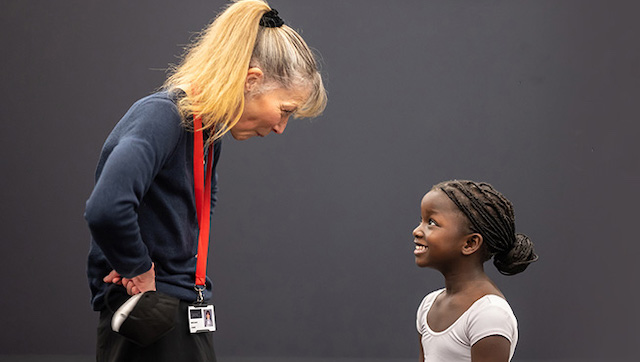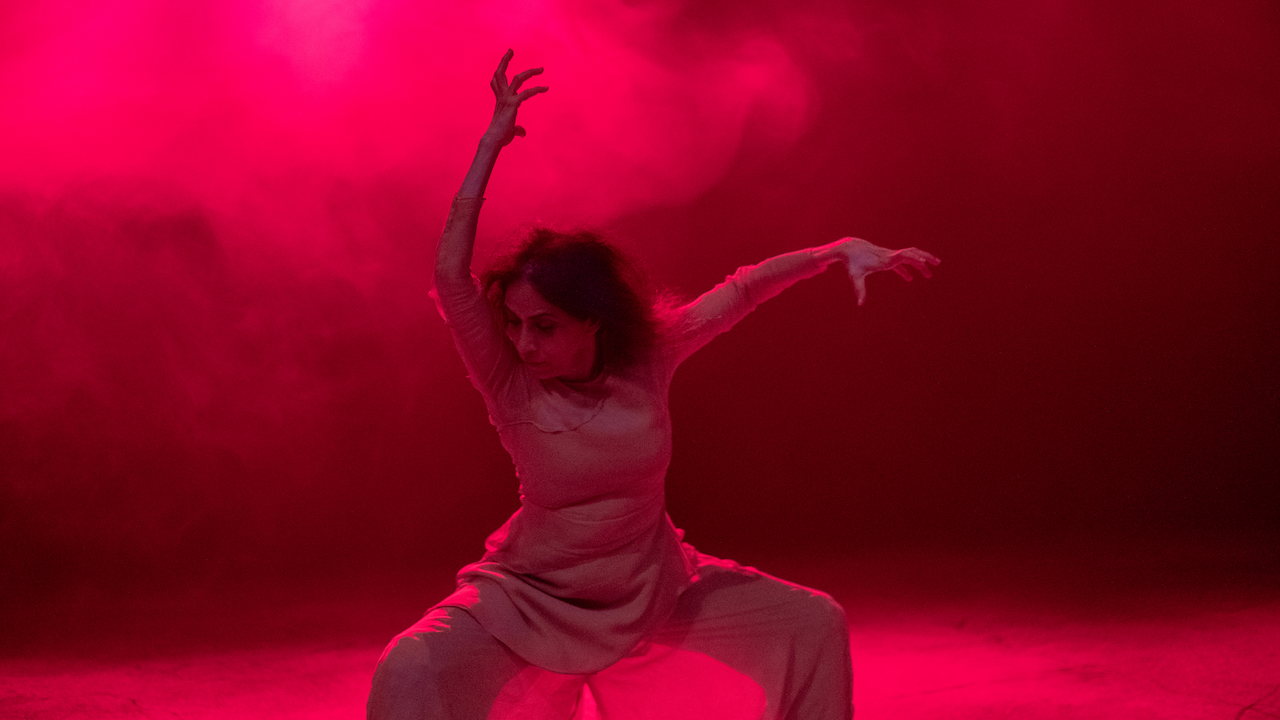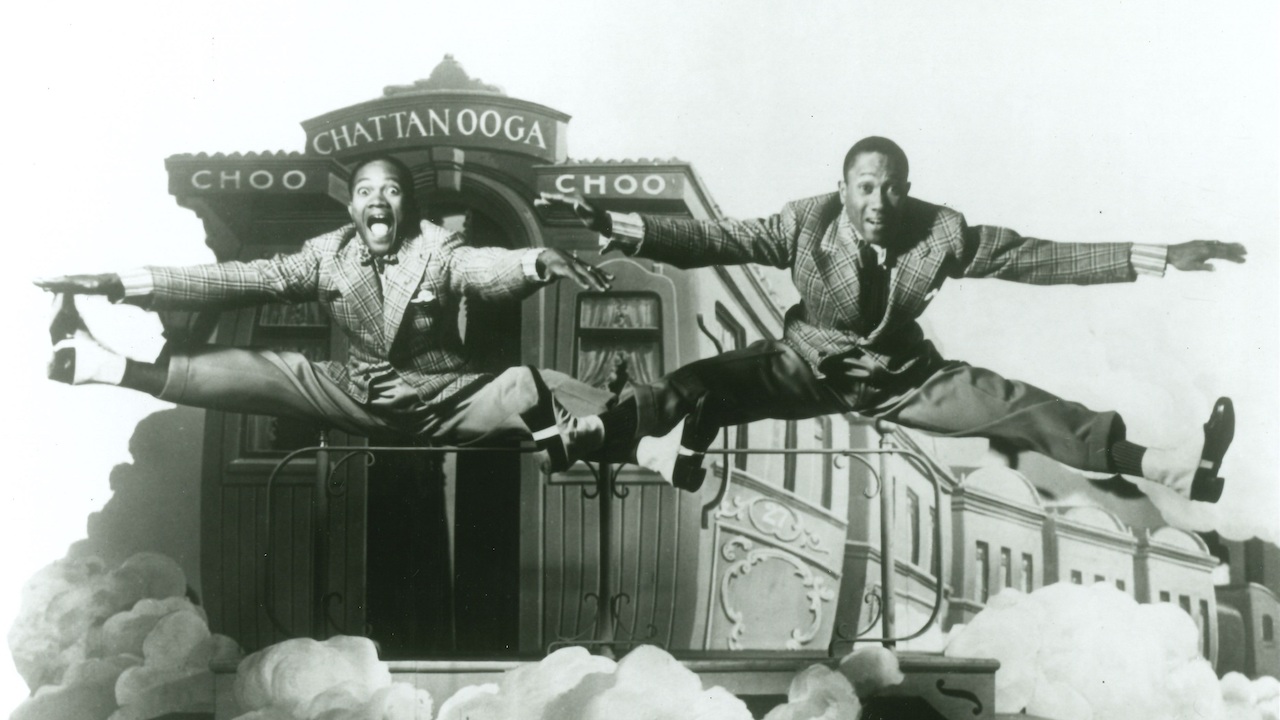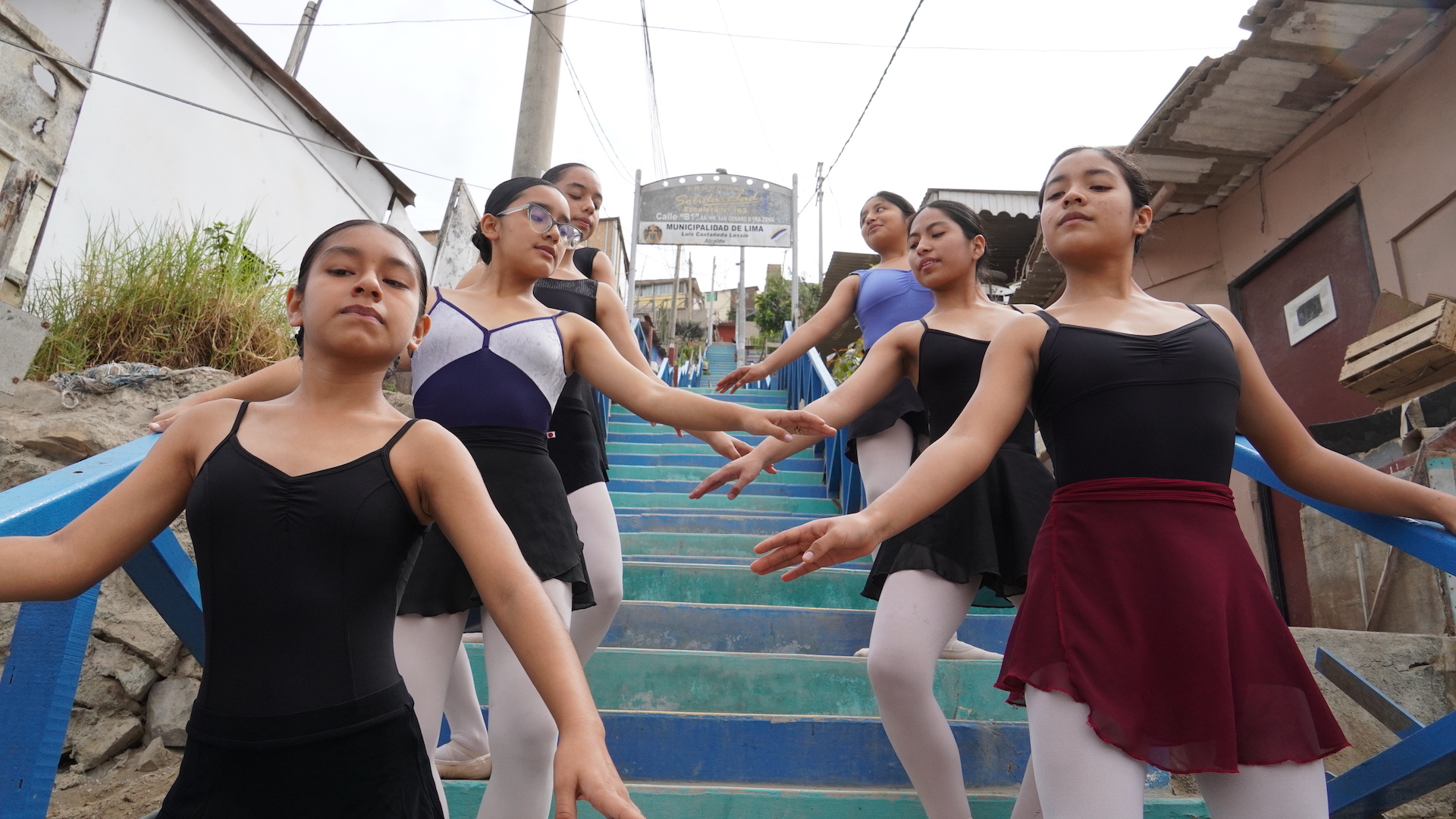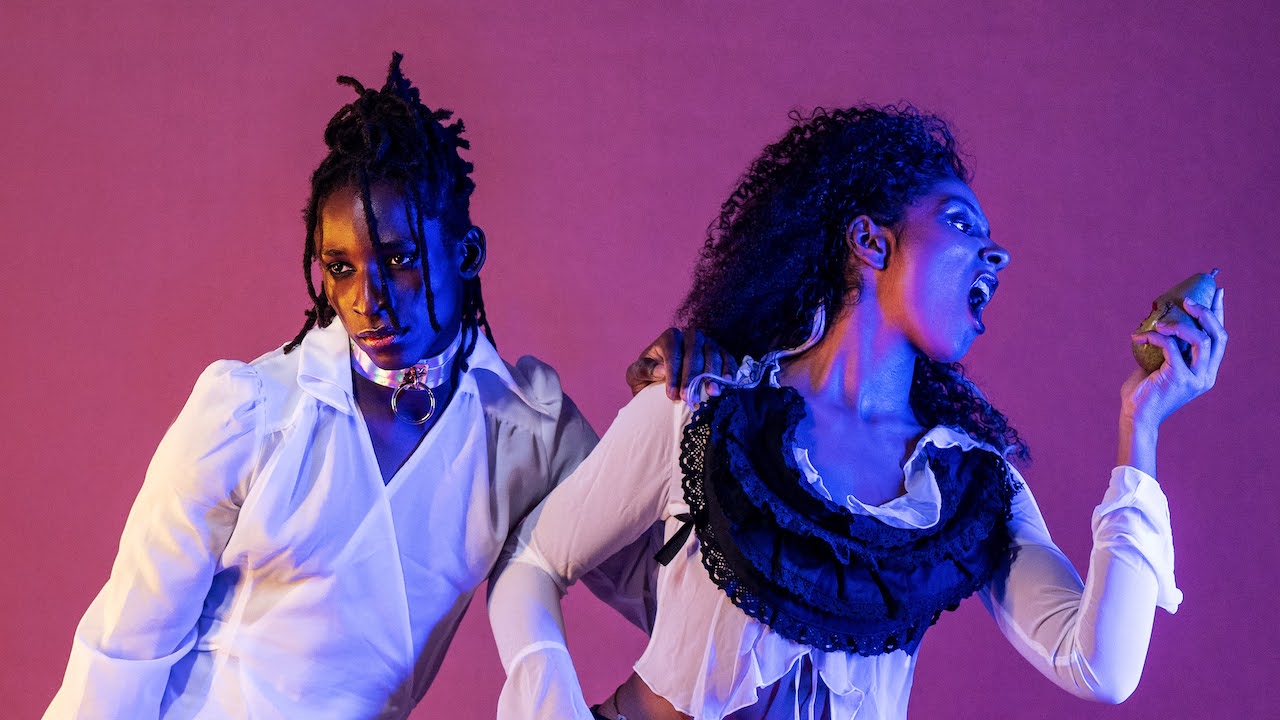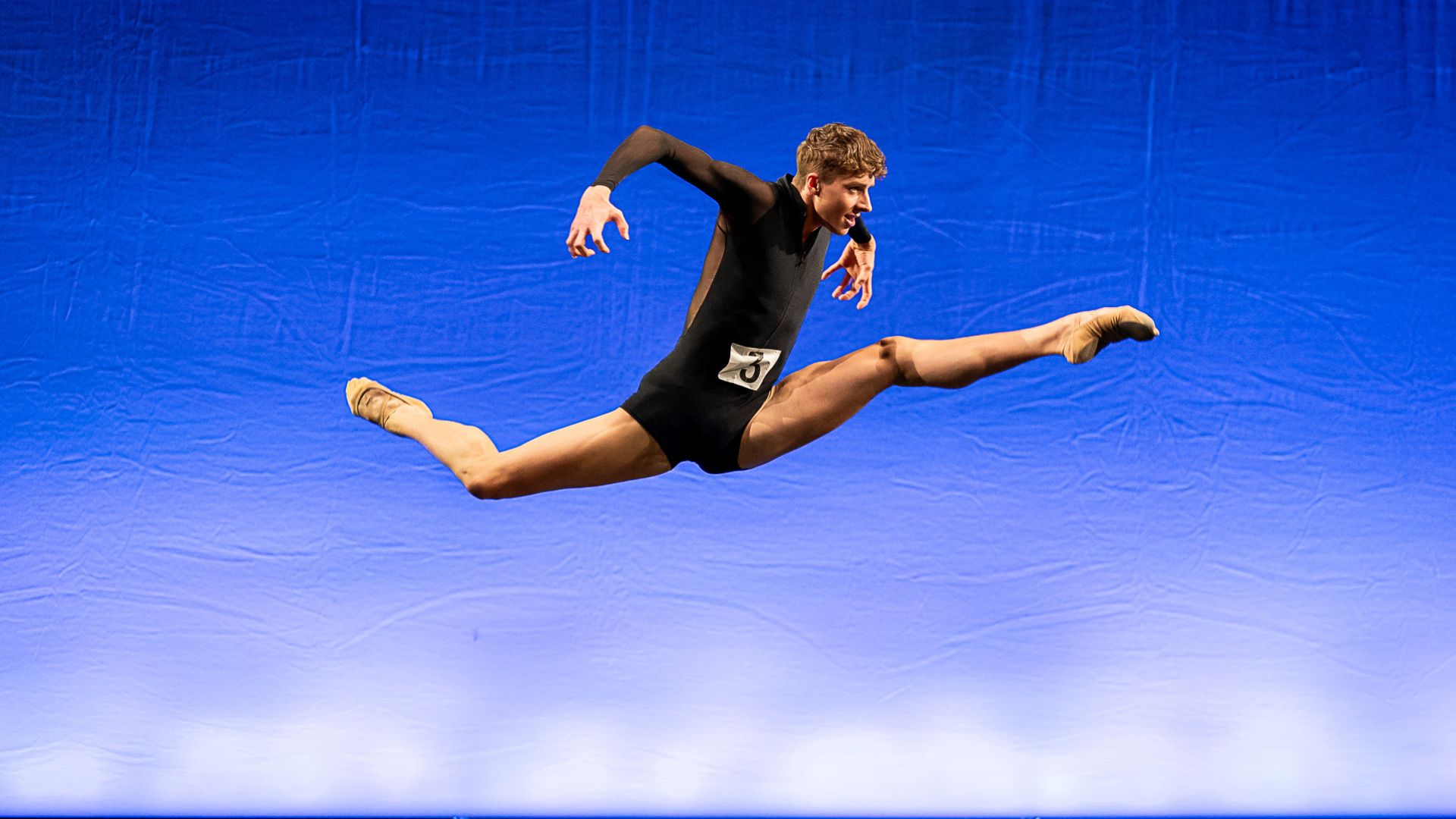Susan Coles was an RAD registered teacher and Life Member. She started dancing at the Westbury School of Dancing in Bristol, UK, and had great success at the Bristol Eisteddfod, winning dozens of medals and trophies – including five trophies in 1961 alone. In 1956 she was awarded the Royal Academy of Dance Scholarship, going on to teach at the Avalon School of Dancing (later the Susan Coles School of Dancing) and elsewhere. When she retired her dance school was renamed the Wells Ballet School and is now co-run by her former student, Andrea Taylor.
Susan continued to teach her granddaughter, Annabel Tonkin, who is now enrolled at the RAD Dance School in Battersea. Susan’s daughter Emma Tonkin tells Dance Gazette how the family is honouring Susan’s legacy.
What was Susan like?
She loved teaching – ballet was her life, particularly teaching. She never wanted to go on stage – she was just brilliant with children.
She grew up in in Bristol, and went to the same ballet school as David Drew, who became a principal of the Royal Ballet, and she won a scholarship at the RAD. She started teaching at 16 at the Avalon School of Dance, which she quickly took over and became principal –eventually renaming it the Susan Coles School of Dance. She also taught at junior and senior schools throughout the south west of England. At one point, she had around 800 pupils – so she was not only a great teacher but a really good businesswoman. She was her own accountant, but would also choreograph and make all the costumes for her shows. She did everything, a one-woman band.
What kind of teacher was she?
She was an old school teacher, very strict, but she got amazing results. She never had a failure, in over 44 years. And she wouldn’t put her fees up as she might have done. She said, I’d rather have a full class than put my fees up and have some people not be able to afford them. The proceeds of every show she did went to charity.
Was the RAD important to her?
She was tremendously proud of being an RAD teacher. I found a lovely letter inviting her for a scholarship interview, when the RAD was still in Holland Park. Later, she was asked to represent the RAD at the opening of their headquarters in Battersea Square in 1974, and had tea with the Queen, representing the RAD. There’s also a little letter inviting her to have coffee with Dame Margot Fonteyn. Sadly, my mother didn’t get to see the RAD’s new London home, but I find it very moving to watch my daughter’s ballet classes there – especially the older teachers, who are of my mother’s generation.
How did you decide how the bursary would work?
When she died last year, it felt right to honour her and her love of ballet. She was always so inclusive in her teaching, especially for people who couldn’t afford it, so it came to me that we could help a dance student who needed financial assistance with lessons, exams and uniforms. It felt like a fitting tribute. We knew we couldn’t just make a one-off payment, because if we’re going to give a child an opportunity, we’ve got to keep it going. I’ve asked the RAD to select someone who shows promise and really wants to carry on. When they finish their RAD training, we plan to then select someone else – the bursary is ongoing. My mother would have loved to know that someone would be able to carry on dancing.
What advice would you give to someone considering setting up a similar scheme?
Think about the longevity of the bursary. It’s a commitment – you can’t dangle a carrot in front of a young dancer and then walk away. It was also important that it linked to my mother’s ethos – I knew that she would want someone in need of financial assistance, because she would go above and beyond for her pupils. We drew on what was most important to her.
Your mother’s legacy is also in the hearts and minds of all the people she taught.
That’s one of the lovely things about teaching – it does live on in that way. She told me that one of her pupils became a consultant orthopaedic surgeon, and saw a little girl who had something wrong with her hips and could barely walk. So this doctor sent this little girl to my mother, and by the end of one term she was galloping and skipping around the room. It’s so rewarding – I loved hearing that story.
The Susan Coles Bursary will support a young dancer at the RAD’s Dance School. It will provide lessons, uniform and an exam each year for a promising young dancer who has begun learning ballet but due to financial circumstances may be unable to continue with lessons.
Thinking of supporting a bursary? The Royal Academy of Dance is a registered charity and we are extremely grateful for all of the philanthropic support that enables us to carry out our important work. We are always looking to create more opportunities for young dancers around the world to access dance and to train as teachers. By supporting a bursary you can help ensure that young people can experience the chance to learn with us, no matter what their background is. We are truly grateful for every act of generosity. To find out more about supporting a new bursary please contact Isobel Turner, Head of Major Gifts iturner@rad.org.uk and +44 (0)20 7326 8996.


